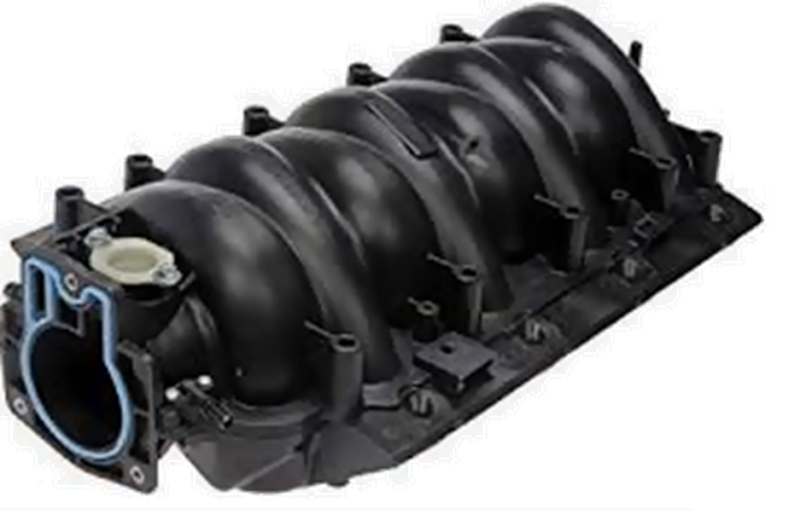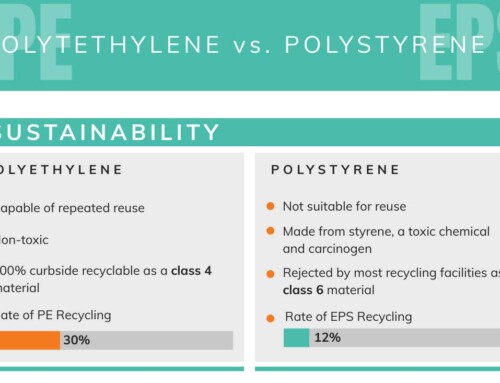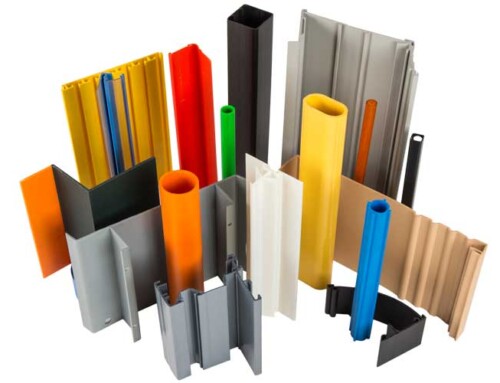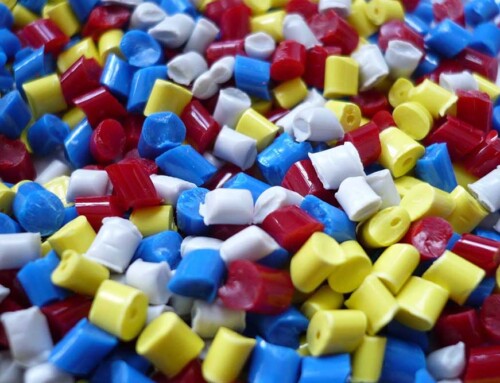High-performance plastics are generally defined as plastics that can be used in extreme environments, including very high to very low temperatures, high pressures, or high speeds. Looking at the following plastic pyramid, the top two layers are considered high-performance materials. These plastics are selected for use in aerospace, aircraft, deep underground drilling, medical equipment, food processing, glass manufacturing, and more.
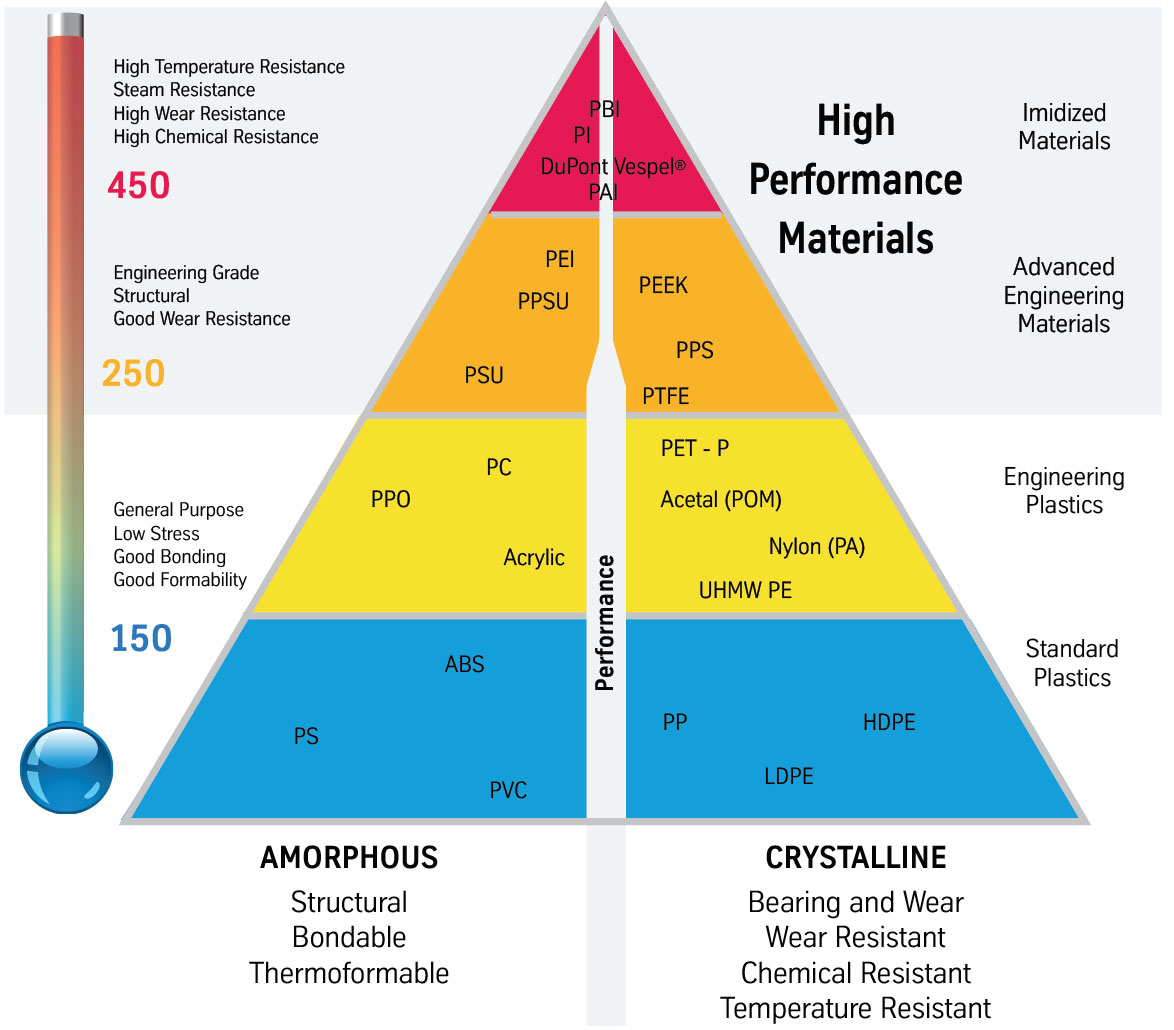
Here are the main benefits of high-performance plastic:
- Extended part life
- Extreme chemical resistance
- Extreme temperature resistance
- Lightweight compared to metals
- Lot and batch traceable
- Filled versions enhance specific characteristics
- Reduced maintenance and downtime
1. High Performance Plastics Examples
Aluminum castings used to make vehicle engine intakes are a good example, where high-performance polymer injection molds are substituted. The intakes can be made of glass-reinforced nylon for example, which can reduce weight massively, and by the use of insert molding secondary operations such as tapping threads into castings can be eliminated, saving cost.
Here are the common high performance plastics examples for your choice:
- Polyetheretherketone (PEEK)
- Polytetrafluoroethylene (PTFE)
- polyphenyl Sulfone (PPSU)
- Polyphenylene Sulfide (PPS)
- Polytetrafluoroethylene (PTFE)
- Polyvinylidene Fluoride (PVDF)
- Polysulfone (PSU)
- Polyethersulfone(PES)
2. When to use higher-performance plastics?
If you benefit from the upgrade, parts made of standard plastic grades can be upgraded to use higher performance types. The better the performance obtained from the resin, the more expensive it is usually, so the change must be reasonable.
#1 Dissatisfied with the Performance of the Current Product
The designer may be dissatisfied with the performance of the current product in this field (may choose the wrong material from the beginning) or may wish to push the limits of current components further so that they can be used in different applications.
For example, a plastic case designed to operate in a garden shed is then reused on a product intended to enter a chemical plant. In this situation, the housing may need to be made of plastic with higher corrosion resistance. The increase in resin costs may be covered by the fact that new products do not require a brand-new housing design, and reduce the risk of reusing proven housings, which will also prove beneficial to organizations seeking to upgrade materials.
However, it should be noted that changing the material while intending to use the same mold may be impossible, or unstable parts may result. It is possible that a new mold may need to be purchased, which may affect the decision.
#2 Substitution of Material Types
Substitution of material types is another reason to look at high-performance plastics. As per the example earlier, automotive suppliers have gained in terms of weight and cost by substituting a polymer material for one that was previously metal.
Metals have many advantages in performance over your average plastic. Heat resistance for example within an engine bay will play a large part in determining the success of a component. There is no way plastic would replace the exhaust manifold, for example, the heat is simply too great.
However, in certain applications such as engine intake, high-performing plastics have a clear advantage. The polymer intake is able to resist distortion or melting at elevated temperatures under the vehicle hood and save weight and cost to the manufacturer.
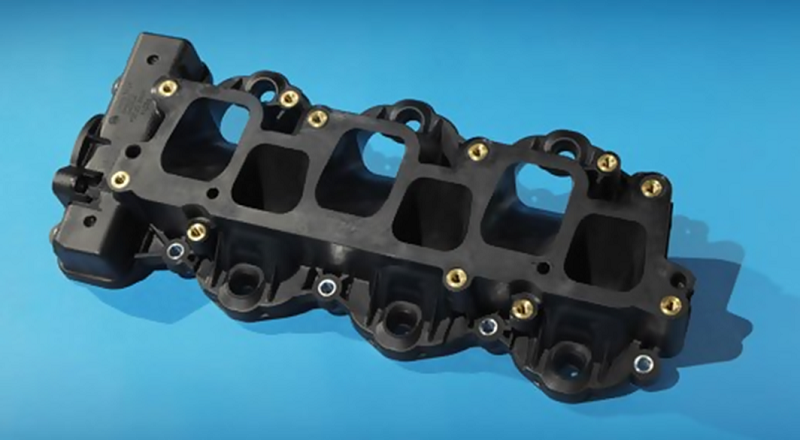
3. Material Substitution Evaluating
Evaluating the advantages of material substitution is sometimes an easy task, care must be taken by organizations to ensure they have investigated all the options that lead up to a decision to change to a polymeric material.
There may be a clear cost gain, for example, if you substitute a metallic in-house made part and replace with a molding you need to purchase from another supplier, there are all the risks associated with not having direct control over quality and supply chain issues that need to be taken into account. Each situation needs to be carefully assessed before the engineering is done to determine the viability of the change.
When considering if polymer substitution is appropriate designers must fully evaluate all the performance requirements that the product must meet. With material changes so drastic, it is easy to overlook factors that would not affect the current material being used, which may have a negative effect on component performance if plastic was substituted. Factors including (but not limited to) the following are important to assess:
- Temperature
- Dimensional stability
- Electrical conductivity
- Exposure to corrodents
- Strength
- Dynamic loading
- Flexibility
- Product lifetime
- Recyclability (end of life)
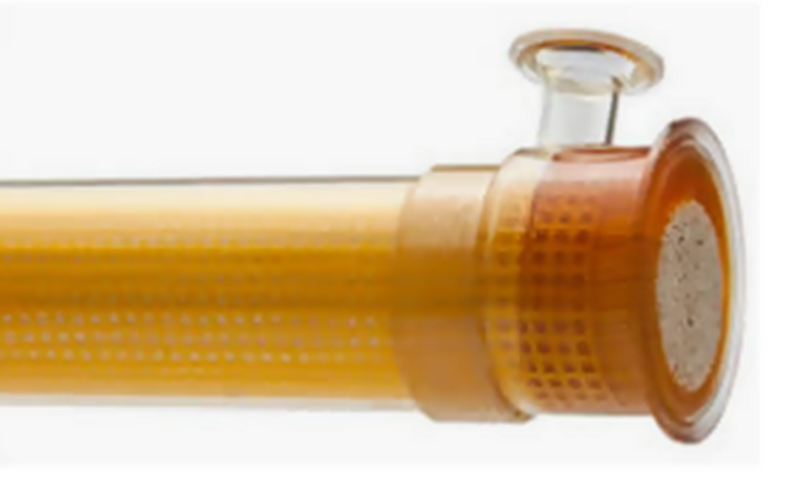
4. High-Performance Plastic Applications
High-performance plastics are constructively used in a variety of industrial applications, these include:
- Applications that require high abrasion resistance
- High heat exposure and shock absorption applications in the glass and aerospace industries
- Heat-resistant, anti-radiation, high-insulation or specified conductive materials used in the semiconductor and electrical engineering industries
- Sterilization and hydrolysis resistant materials for medical devices
- Anti-emission and anti-radiation components for applications in vacuum technology and x-ray technology and nuclear energy
- Parts used in the chemical industry
- Downhole drilling applications in the oil and gas industry
- Extreme high and low temperatures are a challenge for aircraft and aerospace application components
5. Conclusion
Parts that were previously made from a stronger material such as metal can be made with polymers with the correct selection of material. Modern-day resins have such vast abilities compared to some of the more traditional plastics that designers can substitute these materials in place of materials that have traditionally been the only choice for a certain job.
Aluminium castings used to make vehicle engine intakes are a good example, where high-performance polymer injection molds are substituted. The intakes can be made of glass-reinforced nylon for example, which can reduce weight massively, and by the use of insert injection molding secondary operations such as tapping threads into castings can be eliminated, saving cost.
There are many high-performance engineering plastics to choose from, and today’s resins are available and ready to work for your next project. Polysulfone for example is increasingly used to replace metallic components due to its dimensional excellence, and PTFE can be used to replace bearings due to its excellent wear resistance.

